There are a total of three types of R11 pressure regulator orifices: 1 inlet 1 outlet, 1 inlet 2 outlet, and 2 inlet 2 outlet. The following figure shows the structure of the diagram.
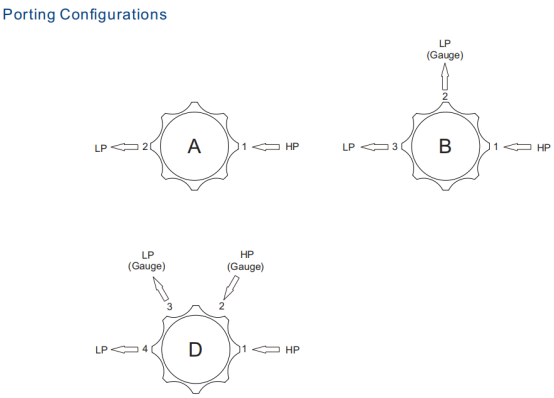
Physical drawings of the three hole positions
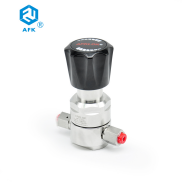 |
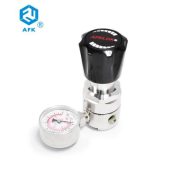 |
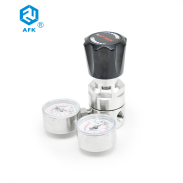 |
1inlet 1outlet 1inlet 2outlet 2inlet 2outlet
The reason why R11 pressure regulators are divided into three hole types is because of the different functional requirements.
Two-hole pressure regulator: generally have inlet and outlet holes, such as some simple pneumatic systems in the small pressure regulator, through the inlet hole access to compressed air and other gas sources, through the internal pressure regulator, the output from the outlet hole of a stable pressure of the gas, for the subsequent pneumatic components such as cylinders, valves, etc., to provide a stable power source.
Three-hole pressure regulator: Commonly, there are inlet, outlet and exhaust ports, such as AFKLOK regulator, the left and right side of the inlet and outlet ports, respectively, with an indirect pressure gauge in the middle. The inlet port inputs high pressure gas, the outlet port outputs stable pressure gas after regulation for downstream equipment, and the exhaust port discharges the gas into the atmosphere when the pressure is too high and excess gas needs to be released during the pressure regulation process, which protects the system and regulates the pressure.
Four-hole pressure regulator: generally there are two inlet and two outlet, the middle two holes connected to the high-pressure and low-pressure gauge, the inlet end is generally connected to the majority of the cylinder connector, the outlet end is connected to the majority of the ferrule connector, through the pressure gauge adjustment and control of the pressure, high inlet through the conversion to a low output, the output of the gas at this end of the gas is the pressure of the gas to be used ultimately.
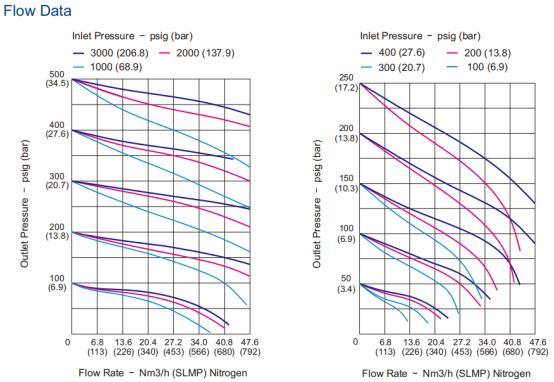
Gas flow diagrams for different pressures
Post time: Feb-11-2025